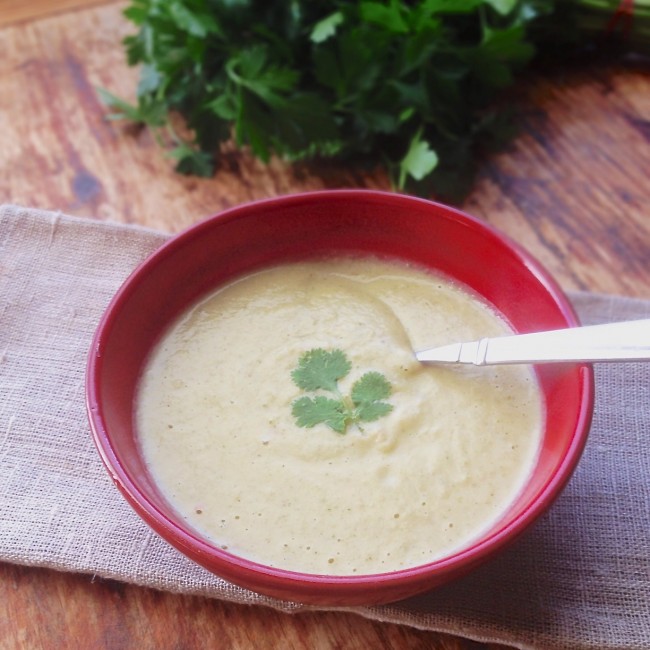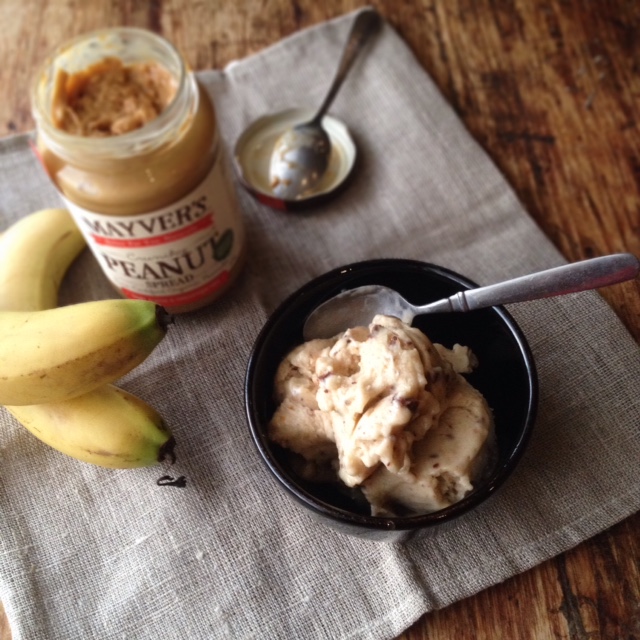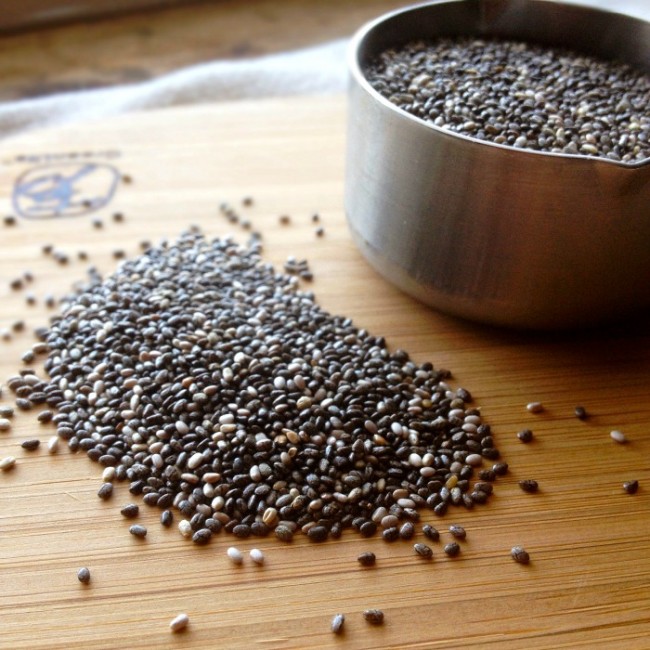Is there anyone out there who absolutely loves Brassica vegetables? You know, broccoli, cauliflower, cabbage, and the like?
I do. As a child, I got {very} lucky because my mum never subjected these vegetables to boiling until they became limp and tasteless. Instead, they were always beautifully flavoured with spices and still al dente once cooked.
Even if you’re someone who feels ‘meh’ about broccoli or other Brassica veggies, I’m pretty sure you’ll still get something out this post.
Why eat brassicas?

The brassica {aka cruciferous} family of vegetables includes cabbage, Brussels sprouts, kale, cauliflower and turnips.
These groups of vegetables are high in carotenoids (e.g. beta-carotene); vitamins C, E, and K; folate; chlorophyll; and minerals. They’re also a good source of and fibre.
But it’s the high amounts of sulphur-containing phytonutrients {glucosinolates} that make brassica vegetables extra special.
These phytonutrients are linked to cancer prevention and other health benefits, such as anti-inflammatory, immune supportive and antibacterial properties.
During food preparation {like chopping}, chewing, and digestion, the sulphurous phytonutrients in cruciferous vegetables are further broken down to become active nutrients, such as indole-3-carbinol and sulphoraphane —these 2 nutrients are studied often for their anticancer effects.
Unfortunately, it’s the taste and smell of these sulphur-containing nutrients that can turn people, especially kids, off from eating Brassicas. From experience, I feel over-boiling accentuates the off-putting, sulphurous smell and taste.
Some general guiding principles for enjoying cruciferous vegetables and retaining their nutrition is to lightly steam, sauté {pan-fry}, bake or add them to a soup/curry/casserole towards the end of cooking process, so they’re not over-cooked. And to adding delicious flavours like herbs and spices is a must!
Here are some suggestions.
14 yummy ways to eat {& enjoy!} Brassica veggies
- Revolutionary Brussels sprouts
- Cauliflower pizza
- Fail-proof sauerkraut
- Yummy homemade coleslaw
- Crunchy cauliflower tabbouleh
- In a vegetable stir-fry with ginger, chilli & tamari/soy sauce
- Chunky cauliflower & cannellini bean soup {recipe in Nourished ebook}
- Kale omelette
- Lightly steamed broccoli/cauliflower & dressed with a deliciously creamy tahini sauce; or olive oil/butter, lemon juice & seasoning
- Lightly steamed broccoli/cauliflower & added to a salad
- Roasted broccoli/cauliflower with spices & served as a side or added to a salad
- Sautéed with Asian or Indian flavours
- Roast beetroot & steamed broccoli frittata
- Creamy broccoli soup with Asian flavours {recipe below}
Creamy broccoli soup with Asian flavours

serves 4 | cooking time 35–40 minutes | dairy-free, gluten-free, grain-free, vegan option
- ½ cup cashews soaked overnight {or up to 2 hours} & drained
- 2 tbsp coconut oil
- 1 onion, finely chopped
- thumb-sized knob {~20 g/0.044} ginger, fined grated or minced
- ½ tsp chilli, or to taste
- 1 medium potato, diced into small chunks
- 3 ½ cups chicken or vegetable stock
- 1 cup coconut milk
- 3 small–medium {~ 700 g/1.5 lb} broccoli heads & stems, chopped into chunks {Note: peel off the tough skins on the stems}
- 2 tbsp tamari sauce {wheat-free soy sauce}
- juice of 1 lemon/lime, or to taste
- Celtic/Himalayan salt, to season
- fresh coriander, to serve
Heat oil in a heavy-based soup pot over medium flame.
Add onions and sauté until translucent.
Turn hob down to low, and add the ginger and chilli. Continue to sate until the onions and ginger have lightly caramelised.
Add the potatoes. Sauté for about 5 minutes, stirring continually.
Pour in the stock and bring to a boil over high heat, before turning down to a simmer.
Simmer the potatoes until cooked through but still firm {depending on how small you chopped the potatoes, this could take 5–10 minutes}.
Next, add the broccoli, cashews and coconut milk, and bring back to a gentle simmer.
Continue to simmer until the broccoli is just cooked until al dente — firm and still bright greening colour {about 5–8 minutes}.
Turn off the heat, and blend using a hand-held blender — or very carefully pour the soup into a blender to process {make sure the lid is on properly, and blend with great care!}.
Once blended, add more hot stock or water if you’d like a thinner consistency.
Stir in the tamari and lemon/lime juice {make it as tart as you like to balance the sweet creamy flavours of the cashews and coconut}.
Taste and season to your liking.
Serve with fresh coriander sprinkled on top.
Leftovers can be refrigerated for up to 4 days. Freezes well.
Variations
- Try this soup with cauliflower instead of broccoli
- Don’t like coconut milk? Replace with 1/2 cup real cream or 1/4 cup of thick natural yoghurt
Serving ideas
This soup is light on protein. You can serve it with a poached egg on top or some yoghurt/grilled haloumi/feta, and a slice of real sourdough/gluten-free bread on the side.











